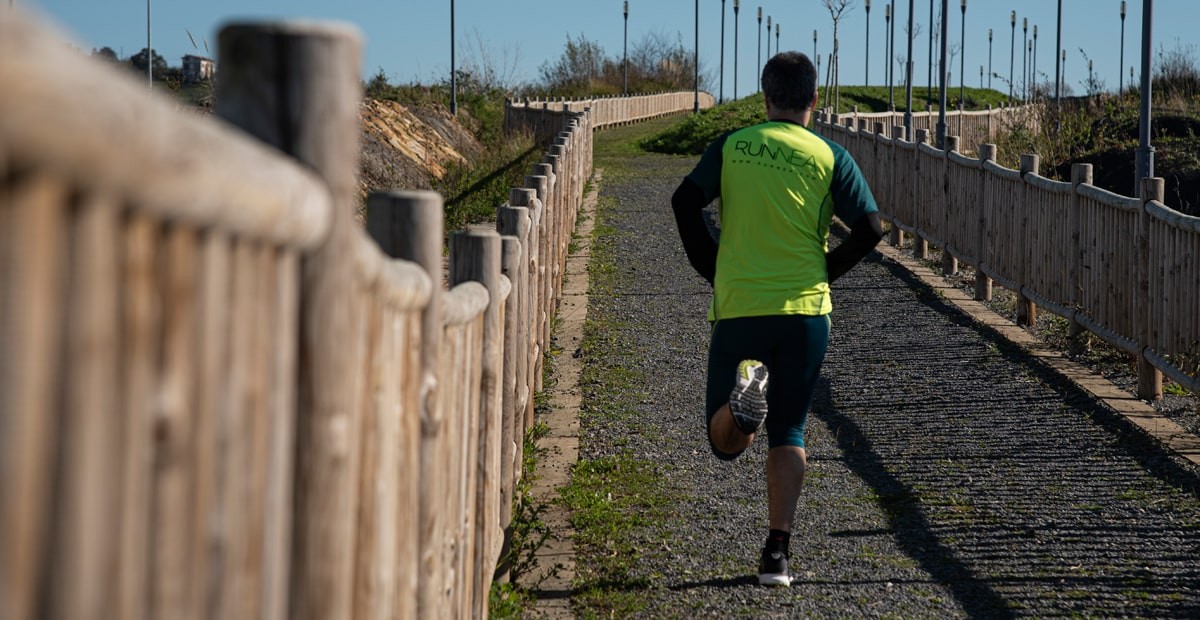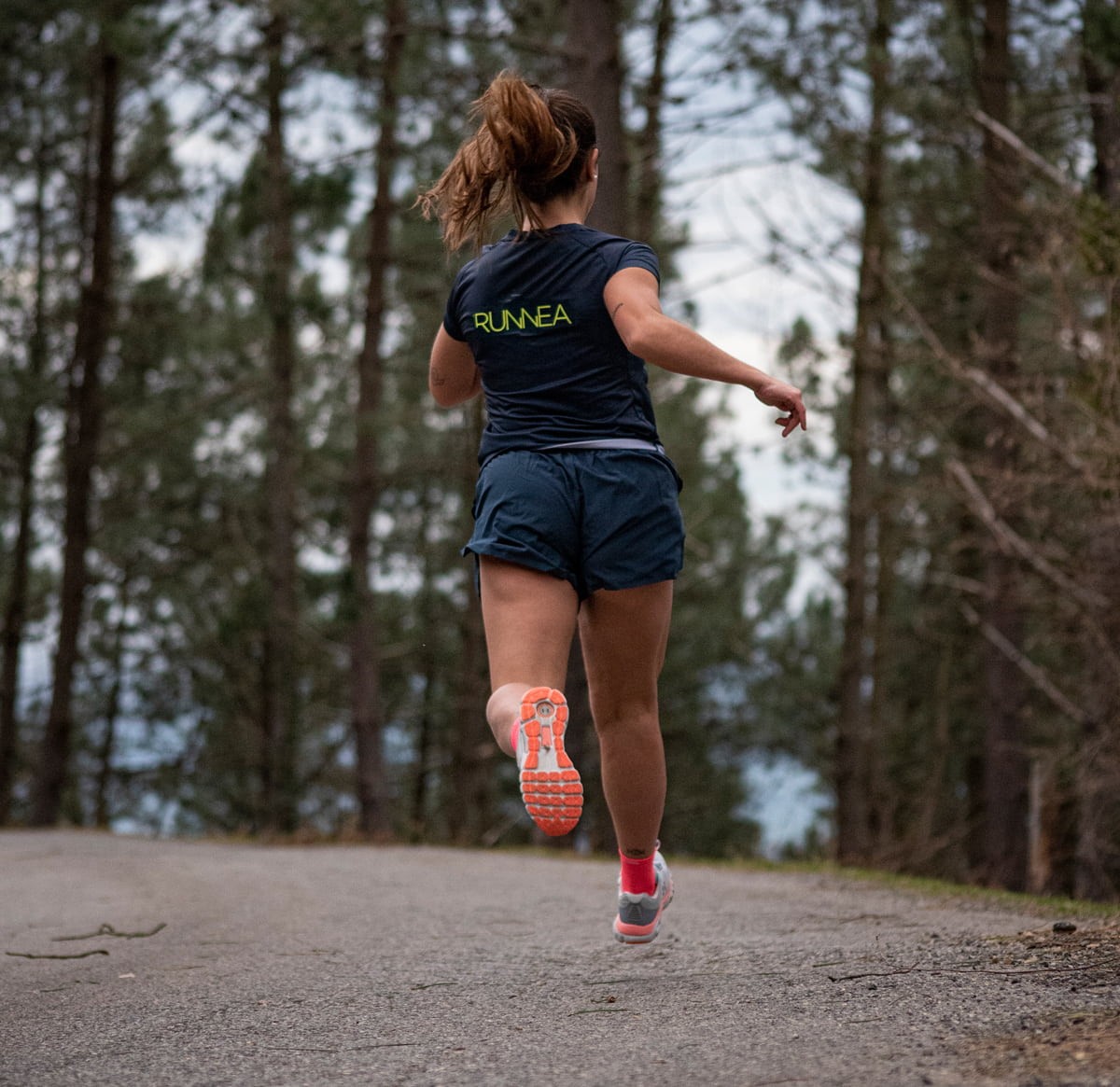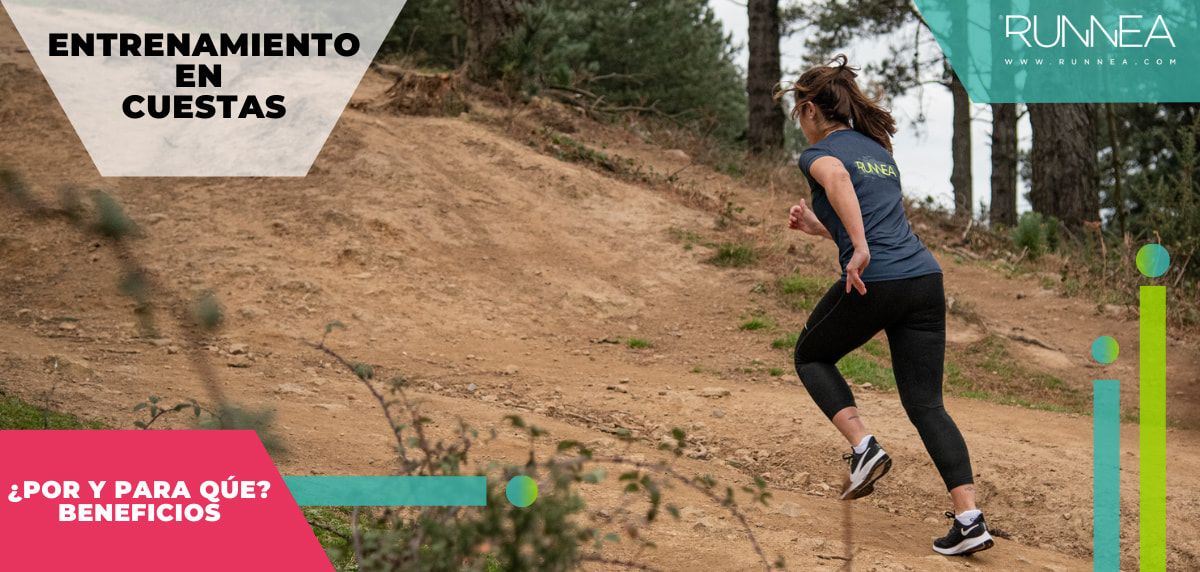In Runnea Academy's individualized plans, both asphalt and trail, hill training is included. Do not think you have to be an advanced runner to be able to perform them. In this Runnea post we tell you how and why it is necessary to implement hills in your training plan. So we give answers to those key questions.
There are many of us runners who find running uphill too much of an uphill, never better said. If we don't hate them, we are very close to reach that emotional stage. However, the fact that we are not very motivated about it should not exclude theinteresting benefits of hill training, because we will get very positive results in improving our physical conditioning, but also in the mental side, because it will help us to improve our own way of running, and also do it with greater confidence, which is no small thing.

Why are hills important in my training plan? Main benefits!
It is not trivial that the half marathon and marathon training plans of Runnea's online training platform -to give an example- include hill running sessions. In this regard, Iker Muñoz, sports director of Runnea Academy says that "the slopes can be a good method of work to improve our driving force, as long as the percentage is optimal (between 3)".
Thus, with the idea of giving a precise and accurate answer to the question " Why are hills important in my training plan? It is necessary to focus on the main benefits that can be obtained with the practice of these specific sections of the training.
- Develop strength in a way that is closer to the competitive gesture.
- Improve our running speed.
- Reduce the risk of injury, since we run more efficiently.
- Contribute to improving our mental strength and confidence when running.
"In addition, in initial periods, hill training can help us to work at a high intensity without developing high speeds that may involve greater muscle damage (we reduce the eccentric phase)," Iker Muñoz also points out as one of the contributions to be taken into account for runners who start to run.

Should we change the way we run when we face a hill?
The length as well as the gradient are details to be taken into account when the road or mountain trail climbs uphill. As a rule it is basic, but it can be an effective strategy:
To run at a higher speed on uphill sections, and to take advantage of the downhill sections to recover from the effort.
However, once again, the key is to apply proper progression. "The work on slopes should be gradual in duration, and as far as possible not to slow down the speed of execution," says one of our specialists in individualized training Runnea Academy, who also clarifies that "we must not look for large slopes, rather we have to maintain a high speed with a small slope".
There is also no doubt that our running style will change significantly when we face a slope. As such, our running technique will need to adapt to that uphill terrain, especially if the degree of incline is quite steep We need to pay attention to this!
- You might beinterested in: The 15 best-selling Running shoes since running has been allowed
Then, "the idea when facing a slope (if we are training continuously) may be to slow down the pace so that the heart rate does not skyrocket. If they are hill repeats we have to avoid entering with the heel when we contact the ground," says Iker Muñoz as the most appropriate way to execute the uphill sections, and thus try to be more efficient.
And another section that cannot go unnoticed, although hill training favors our progress and athletic performance as runners, "it is necessary to know when to administer it, because it is not desirable to use it during the entire asphalt season as it can alter in some way the running technique," makes clear Iker Muñoz.

How many times a week should I run hills?
That said, and in reference to that important nuance of knowing how to manage this type of specific training well, the frequency of doing hills will be directly related to the training periods and our own objectives, among other variables to take into account.
"At certain times we could do hills between 1 or 2 (maximum) sessions per week. Obviously if my goal is to compete in trail running races, 2 days would be the most appropriate," sets the guideline to follow the sports director of Runnea Academy.
- You may beinterested in: Overtraining and injuries, consequences of training in an inadequate way.
In short, training slopes may not be among our priorities, nor is it what we like the most when we put on our Running shoes and go running, but we should not rule out its benefits to become stronger and faster athletes, and therefore more efficient runners.
Find the ideal training adapted to your profile and the distance you want to run at RUNNEA ACADEMY:
Read more news about: Running Training






















